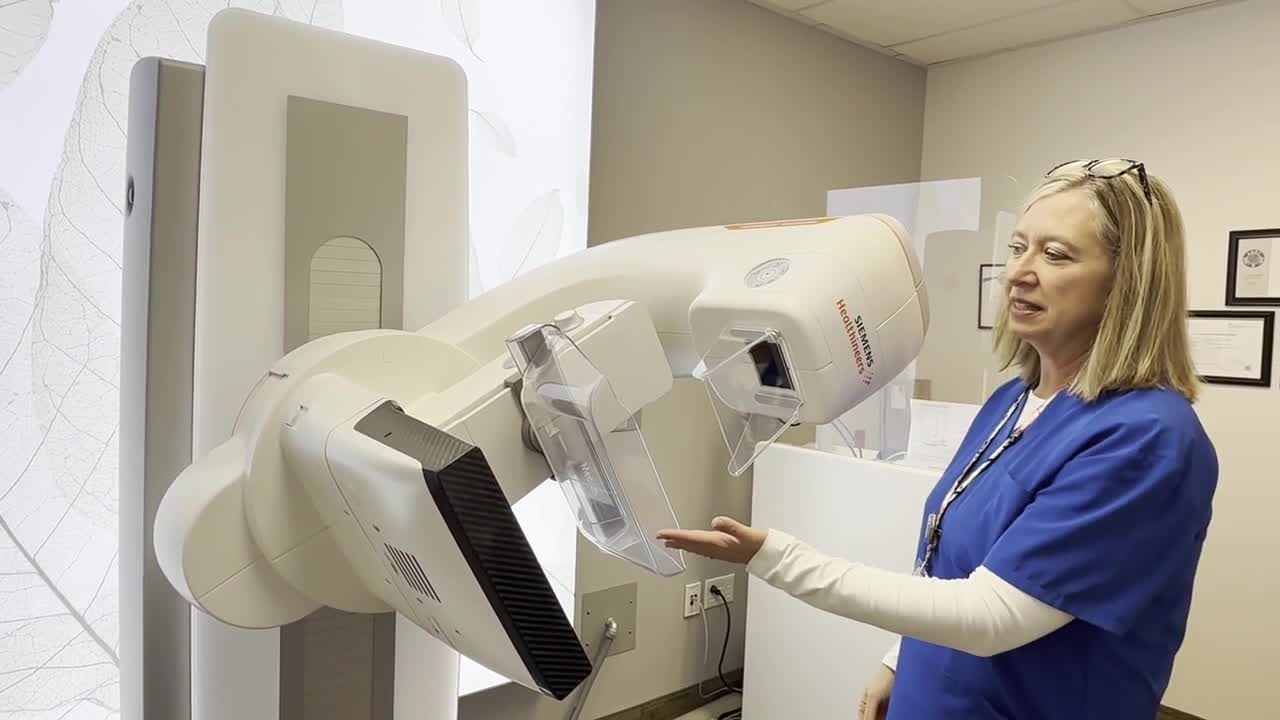GUNNISON, Utah — Mammography testing rates in rural Utah are well below the national average, which is something Gunnison Valley Hospital is hoping to change, and not just during October's Breast Cancer Awareness Month, but all year long.
Forty years ago, Shirlene Sorenson, the hospital's first X-ray technician, learned she had breast cancer, so it was a simple decision 7 years ago to get a mammogram that she said saved her life.
"When I turned 70, I said to myself, 'Girl, you’re done! You don’t need to do any of that stuff anymore!" Sorenson joked.
Lucky for Shirlene, she knew better.
"I said to myself, 'You know better than this. You go get that mammogram!', and she's glad she did. The test discovered a lump that took Sorenson on a journey through surgery, chemotherapy, and radiation before eventually becoming cancer-free.
Shirlene has five children, including four daughters, and all of them are now on board with going in for a regular checkup.
"It’s a long way to come for people to come into our facility," admitted Vicki McArthur, head of the radiology department at the Gunnison Valley Hospital.
Distance is one of the reasons McArthur believes mammography rates are lower in rural areas. Cost, time and discomfort are a few other concerns she’s heard, but she dispelled that by saying it’s not as uncomfortable as the tests may have been in the past, and it’s worth it.
"You should start having screening mammograms at age 40, and then every year after that," McArthury explained. "Give us that opportunity to find those cancers, find those changes that are happening in the breast."
According to the Utah Department of Health and Human Services, 63.8 percent of women 40 and over have had a mammogram in the past two years, a number below the national average of 68.2 percent. In central Utah, that number is even lower, at 61.8 percent, and in more remote areas, it’s just 44 percent.
McArthur said a mammogram is a gift we all should give ourselves.
"Do it for those who love you," she pleaded.
"I hope everyone will reconsider when they think they’re too old or they don’t want to anymore," added Sorenson. "Go get your mammogram. It could save your life. It did mine.




